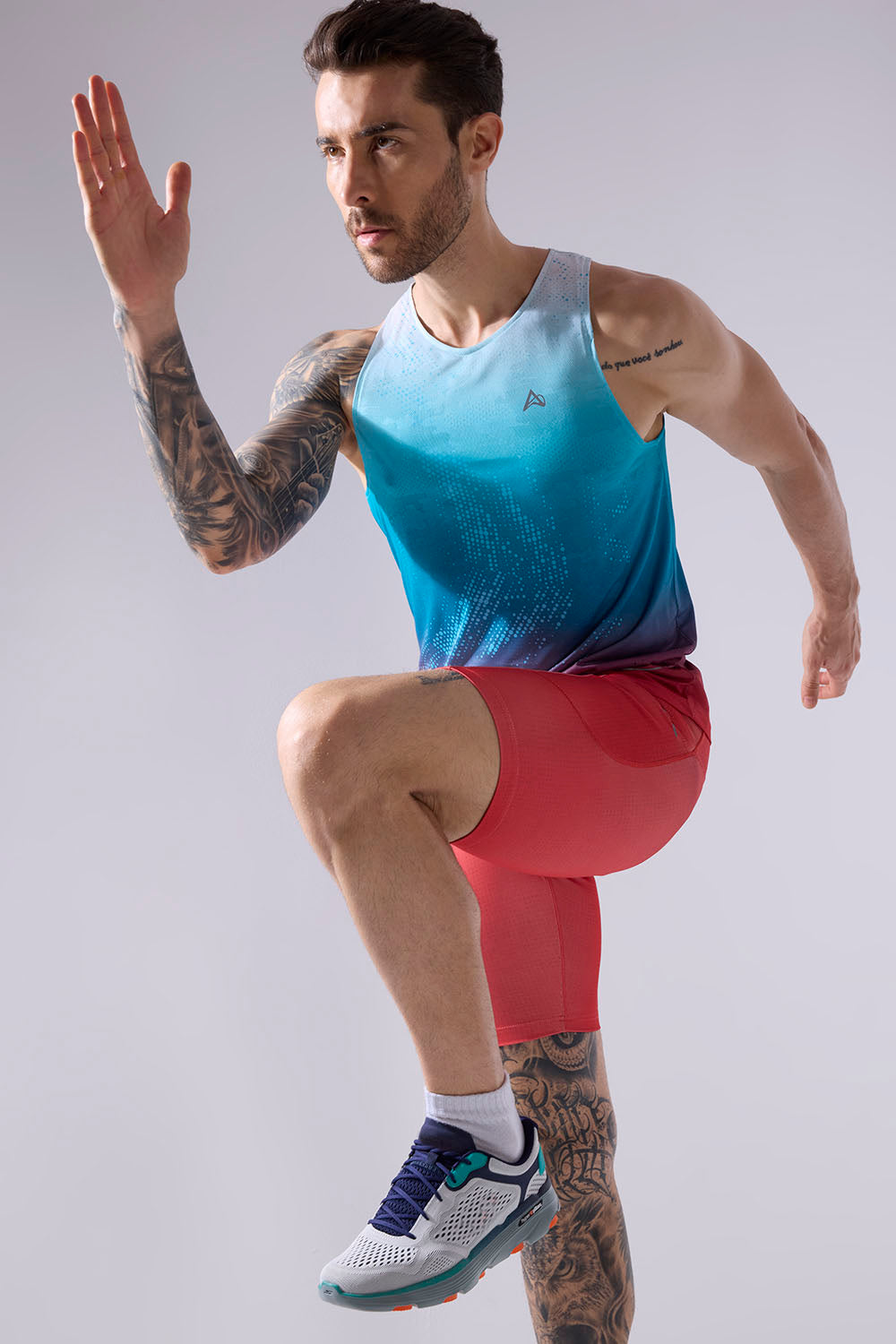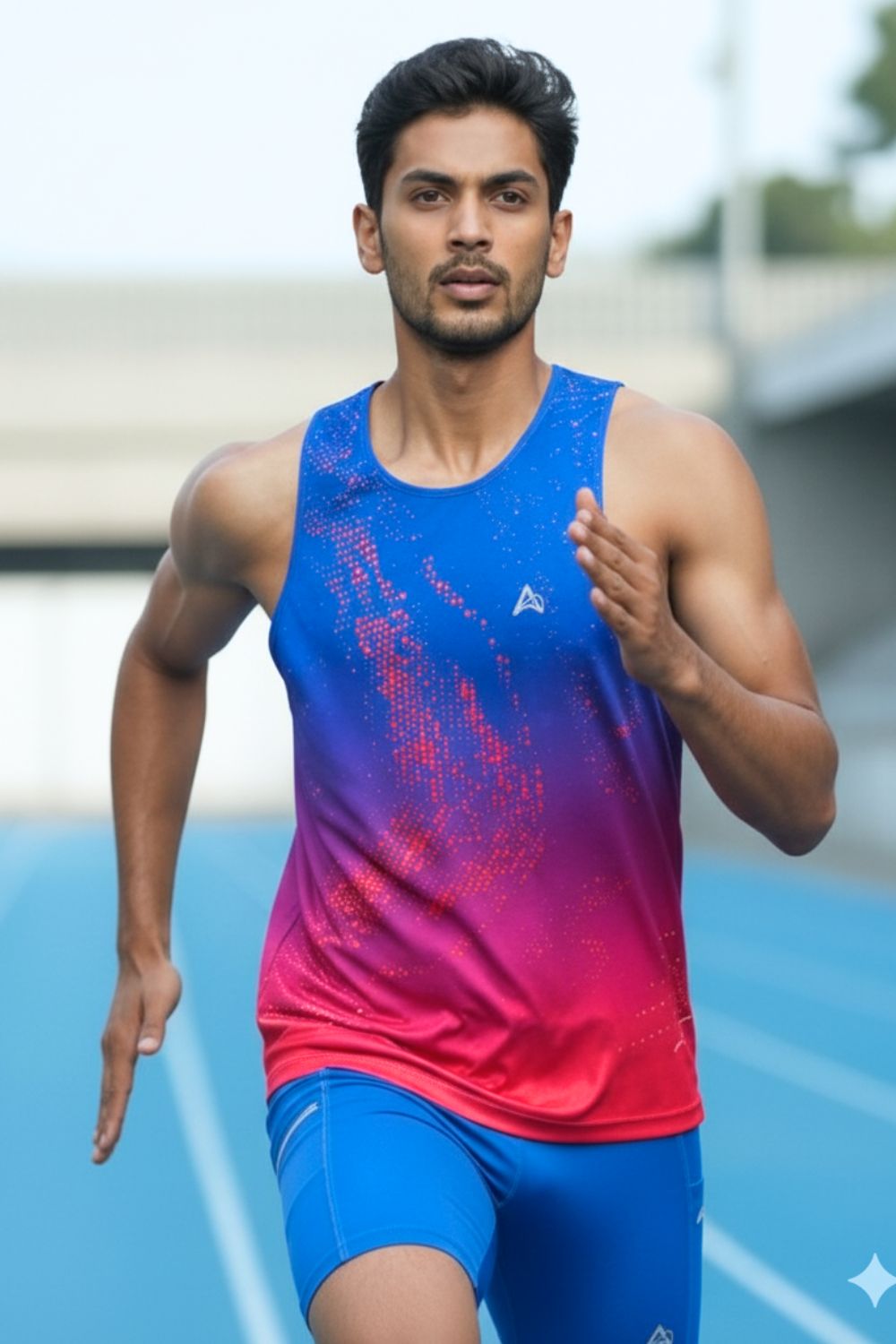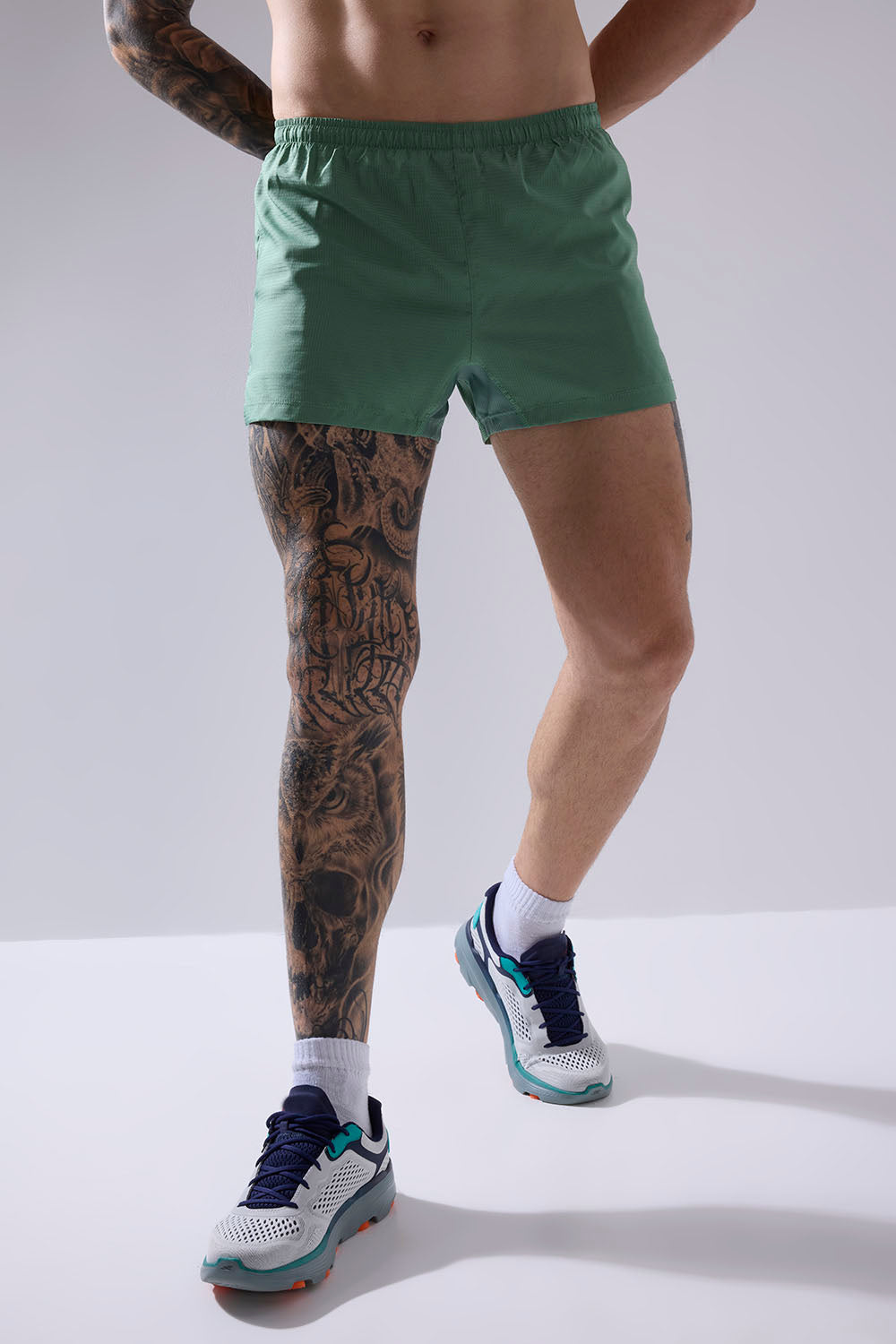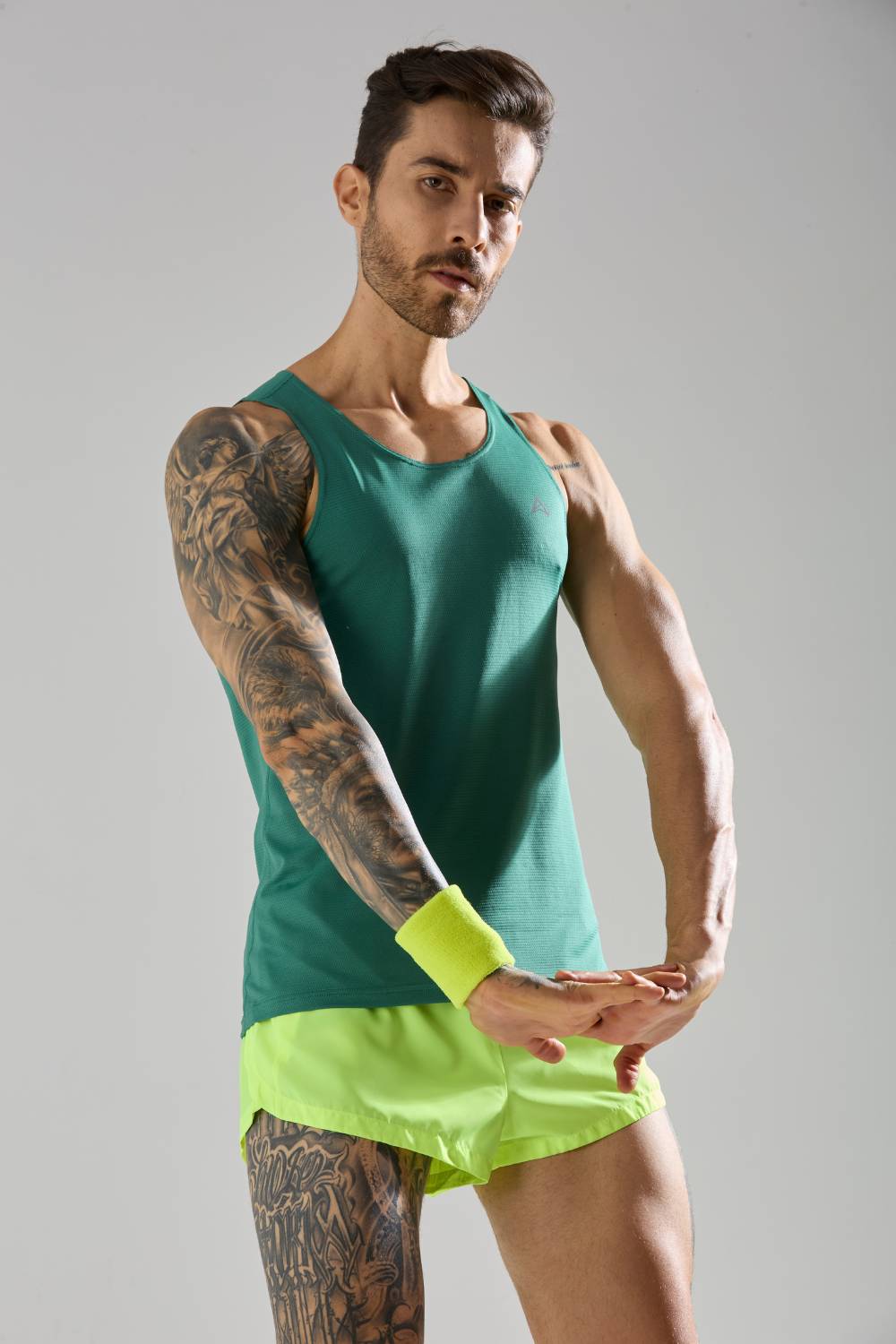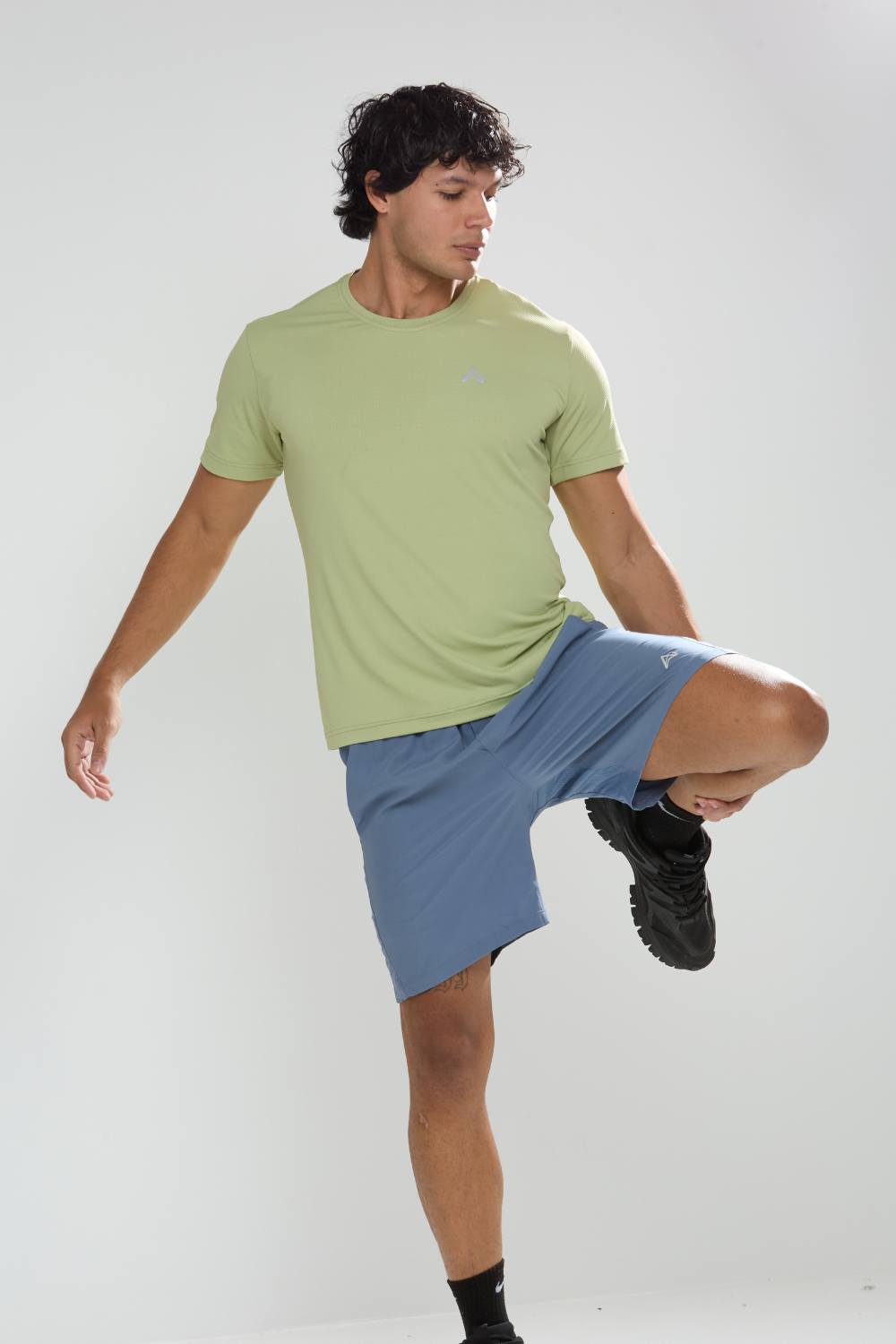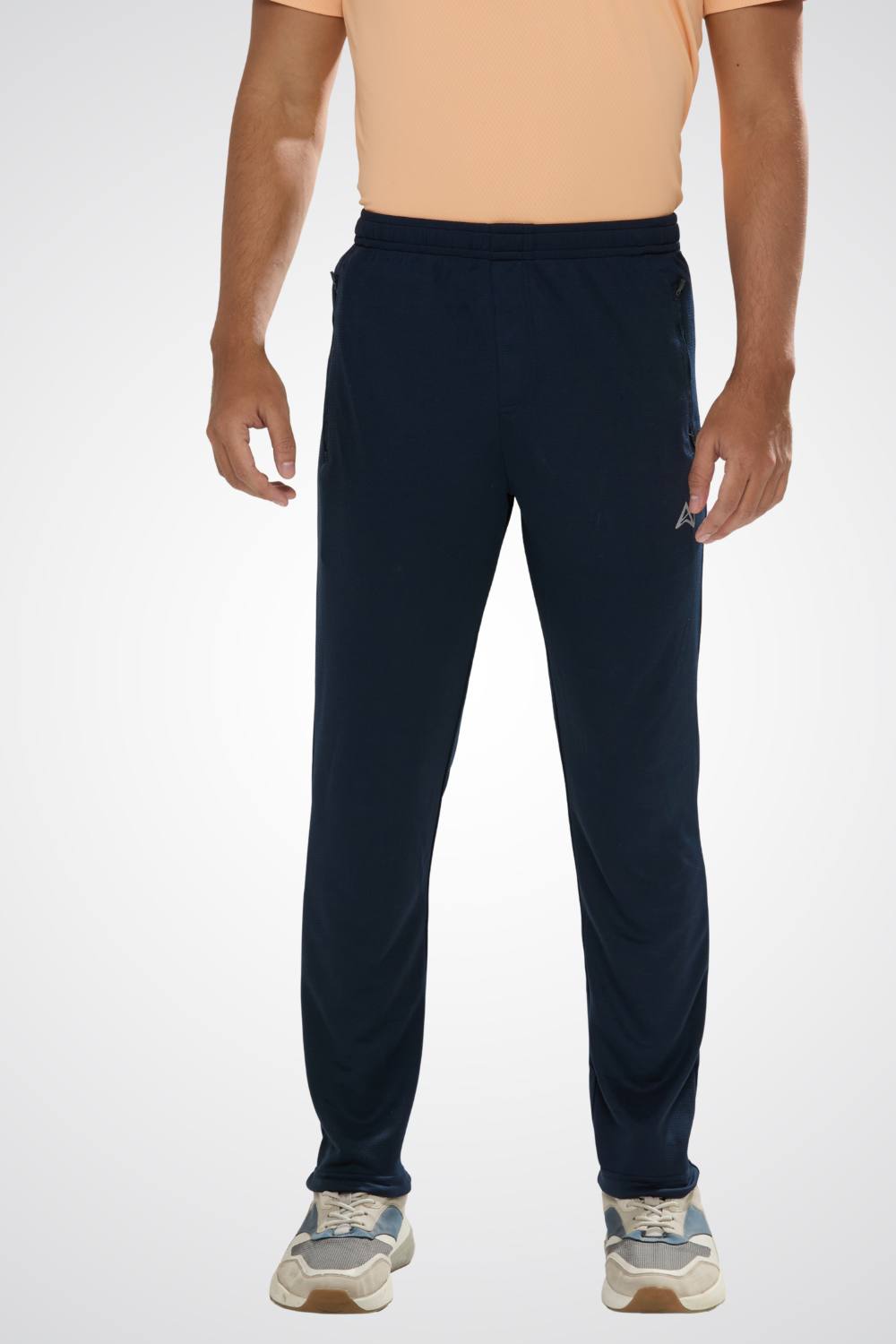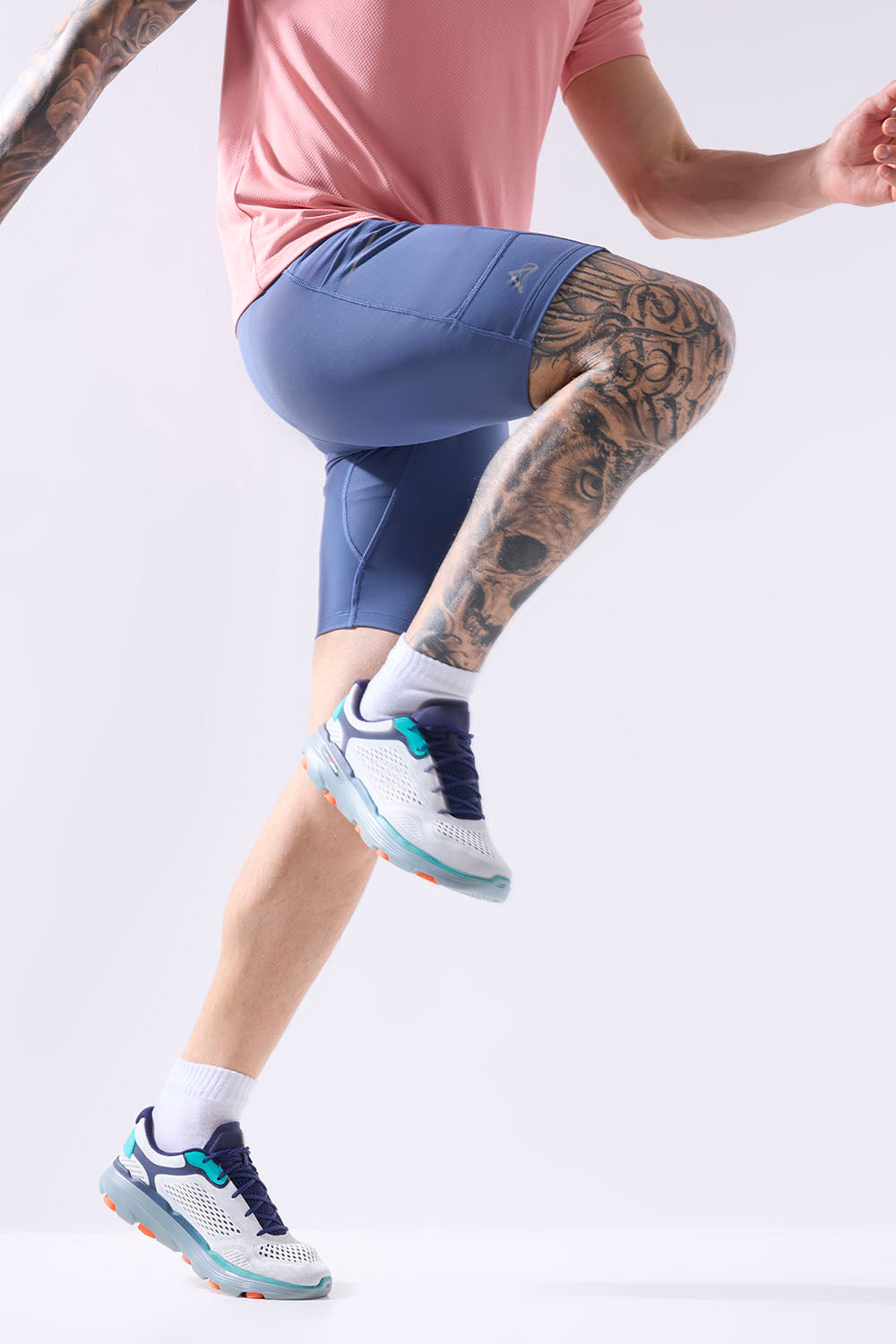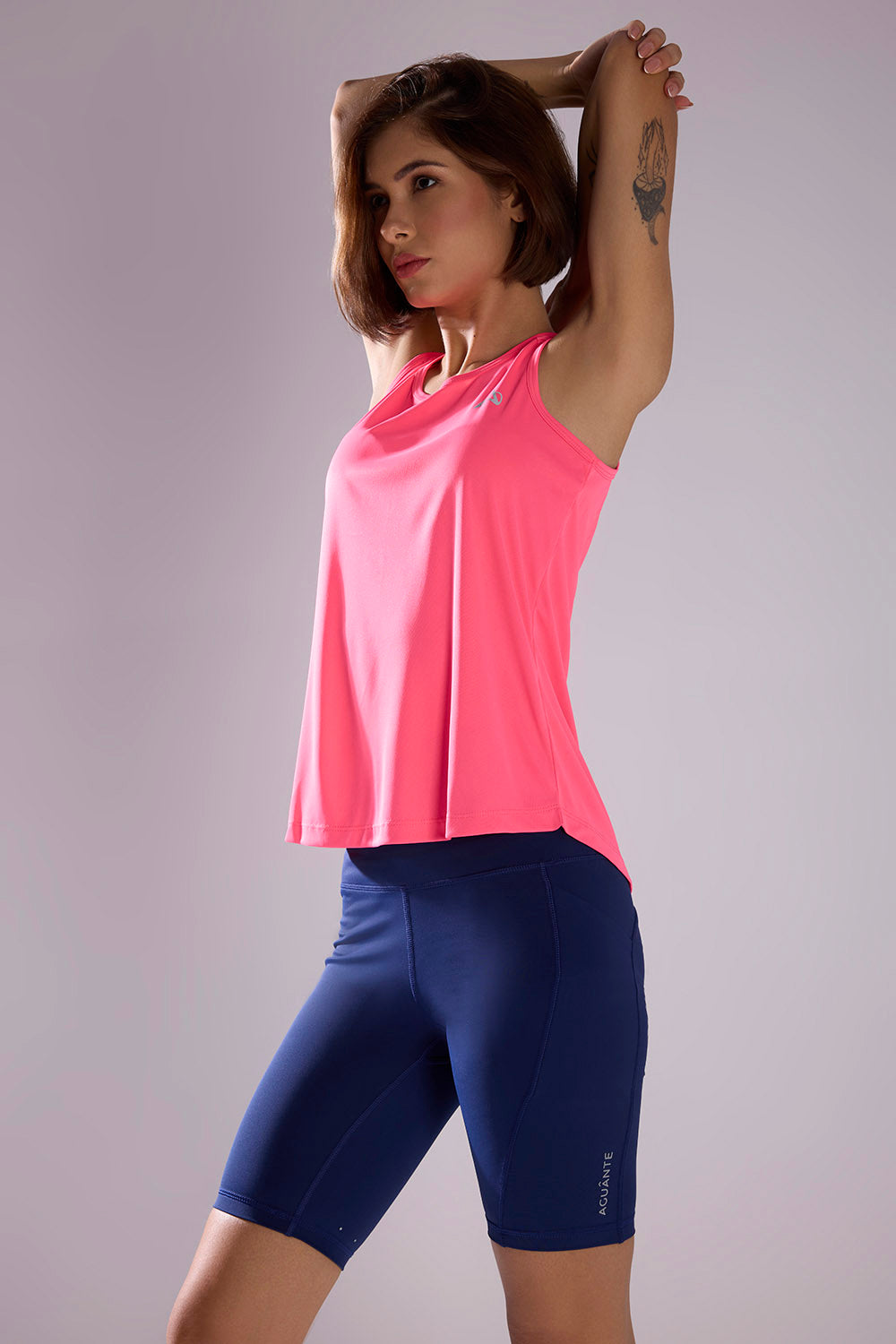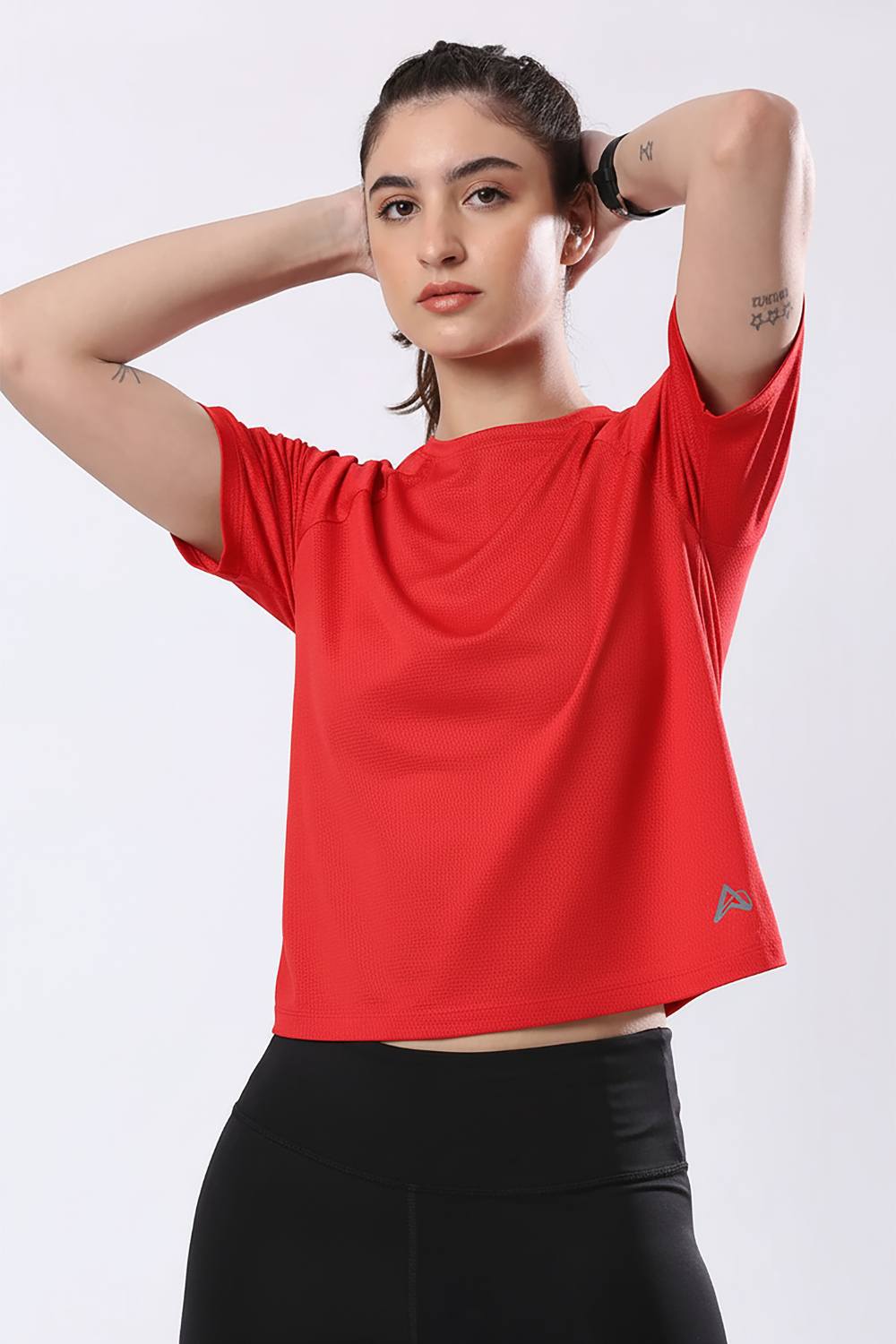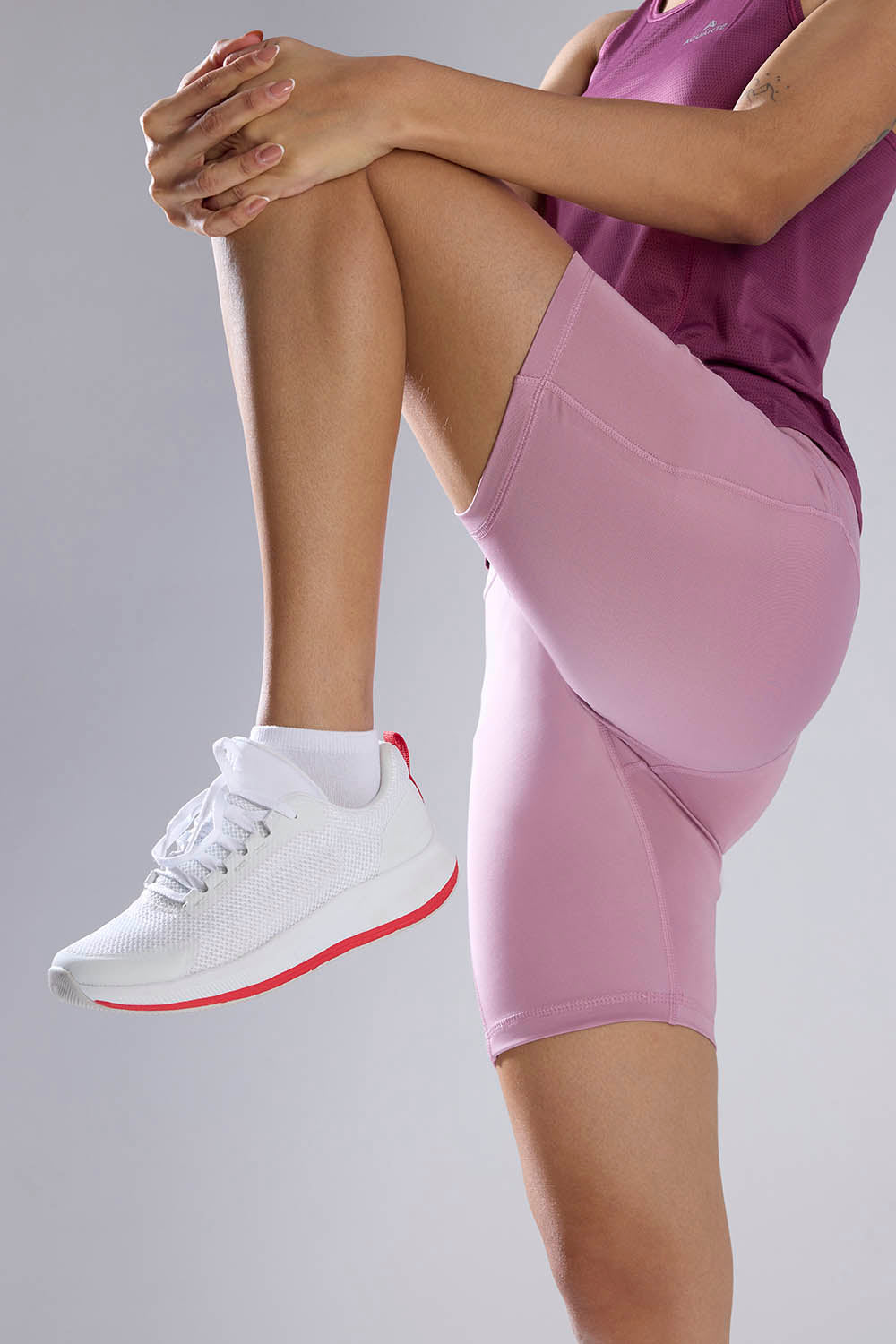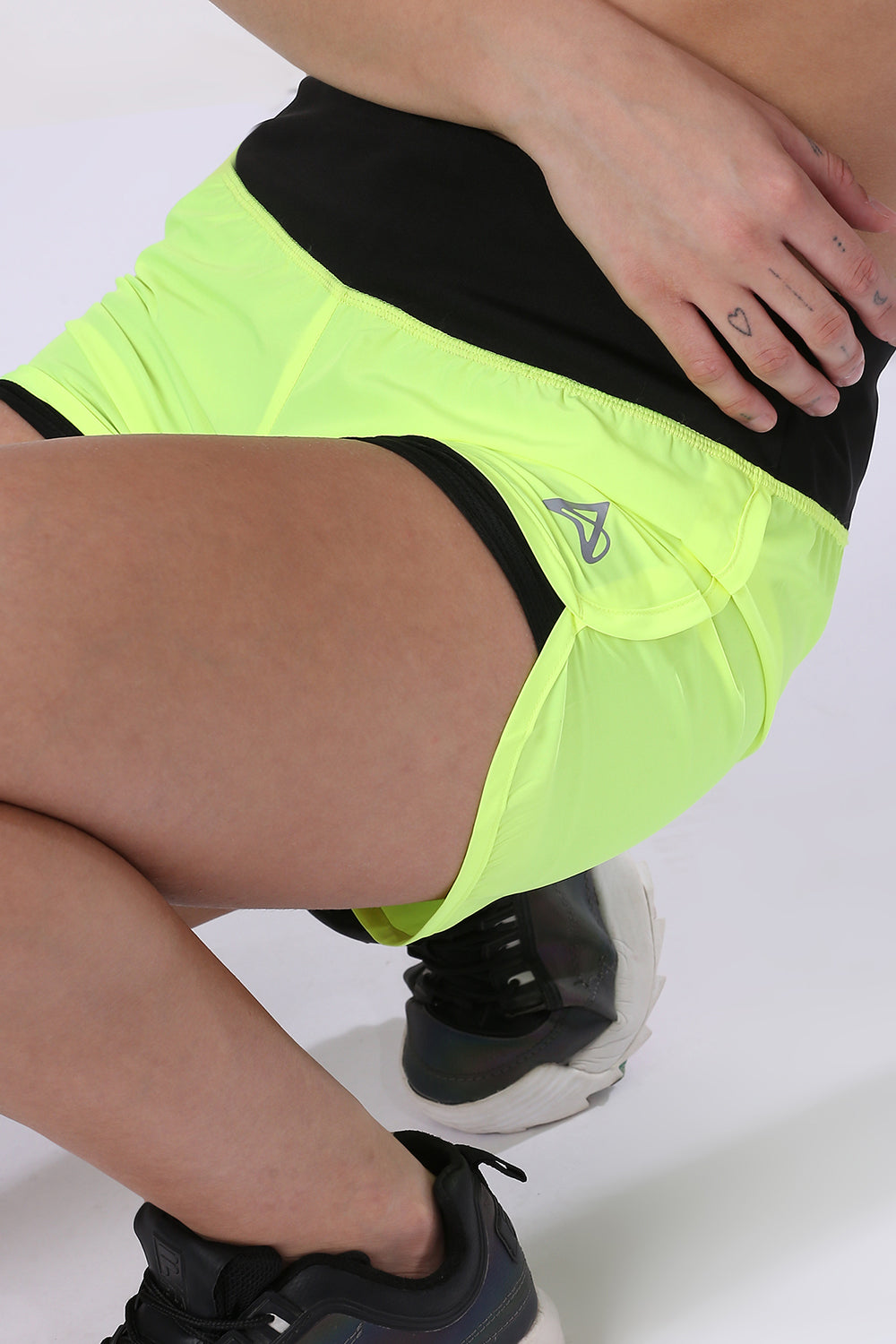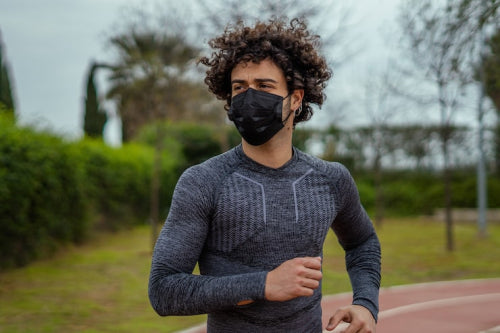Under a relentless Gujarat sun, a runner pounds a dirt track, each stride kicking up dust and defiance. India's running culture is surging, propelled by a youthful, fitness-hungry population. Yet, as heatwaves intensify and humidity weighs heavy, the apparel that powers these athletes must do more than look good it must conquer a climate growing fiercer by the year. The solution lies in climate-engineered running gear, where India's textile prowess meets cutting-edge science to redefine performance wear for a warming world.
Tired of gear that slows you down? Chafing, soggy fabrics, and missing pockets kill your run's momentum. At Aguante, we're runners who get it. Our high-performance activewear features moisture-wicking fabrics, ergonomic designs, and smart storage to keep you focused. Shop Now!
A Rising Running Culture Meets Climate Realities
India's textile industry, a $350 billion powerhouse, employs millions and holds a 4.5% share of the global textile and apparel market, as noted by Invest India. With a median age of 28 and a per capita income of $2,350, India's young population is fueling demand for high-performance running apparel. Once a niche, running gear is now a cornerstone of innovation, driven by a fitness boom sweeping cities and villages alike. But India's climate marked by scorching heat and unpredictable monsoons poses a formidable challenge, demanding apparel that goes beyond breathability to actively counter environmental extremes.
Climate change amplifies these demands. The IPCC's Sixth Assessment Report details rising heat stress and extreme weather risks across South Asia. In neighboring Pakistan, higher temperatures are already reducing crop yields, a warning of the broader impacts felt by India's runners. From urban marathoners navigating Mumbai's humid streets to rural sprinters on uneven paths, athletes need gear that protects against UV exposure, regulates body heat, and ensures visibility in low-light or chaotic conditions.
Science-Driven Apparel for Harsh Conditions
India's response is climate-engineered running apparel, where innovation meets practicality. Standards like ISO 20471:2013, which defines requirements for high-visibility clothing, are critical. These ensure runners remain visible during dawn or dusk training sessions, a necessity in India's bustling cities where early runs mean dodging traffic and navigating poorly lit roads. Bright, reflective fabrics aren't just functional they're essential for safety.
Thermal regulation is the true breakthrough. The ISO 11092:2014 standard provides a framework for testing textile's thermal and water-vapor resistance, ensuring fabrics keep runners cool under intense conditions. Indian manufacturers are pioneering advanced materials, such as phase-change fabrics that absorb and release heat to stabilize body temperature. These fabrics adapt dynamically, drawing heat away during a grueling sprint and providing insulation during a cooldown. In a country where temperatures can hit 40°C in summer and shift to monsoon-drenched humidity, such adaptability is transformative.
In Tirupur, India's textile capital, small-scale producers are blending tradition with technology. They weave cotton a nod to India's heritage into synthetic blends that offer durability and moisture-wicking capabilities. The result is gear that feels culturally familiar yet performs like high-tech sportswear. This fusion of old and new is crafting apparel that resonates with India's runners while pushing the boundaries of what performance wear can achieve.
Policy, Sustainability, and the Human Touch
Government initiatives are threading this innovation into reality. Invest India highlights that the textile sector, with $350 billion in exports for 2023-24, benefits from significant foreign investment and policies promoting skill development. These efforts empower a workforce that's young, skilled, and ready to innovate. This isn't just about producing clothing it's about fostering an ecosystem where sustainable, high-performance apparel can thrive.
Yet, challenges loom. The IPCC report warns of climate-driven risks, like flooding in coastal textile hubs, which threaten production. The push for sustainability also grapples with fast fashion's environmental footprint. Indian brands are responding with recycled synthetics and eco-friendly dyes, but scaling these solutions affordably remains complex. Still, the industry is finding balance, driven by a workforce eager to innovate and a government backing sustainable growth.
The human element is key. In cities like Bengaluru, running clubs test prototype gear, offering direct feedback to designers. These runners students, professionals, farmers aren't just users; they're co-creators. Their input shapes everything from a shirt's weight to a shoe's grip on wet roads, ensuring apparel feels intuitive and performs flawlessly. This collaboration grounds innovation in real-world needs, making India's running gear as practical as it is advanced.
Global Ambitions, Local Innovation
India's running apparel isn't confined to its borders. With a 4.5% share of global textile trade, as per Invest India, brands are targeting international markets. Gear engineered for India's extreme conditions has universal appeal heatwaves and erratic weather challenge runners worldwide, from New York's humid summers to Nairobi's dusty trails. Indian innovations, tested in one of the planet's toughest climates, are poised to set a global benchmark.
Standards like ISO 20471 ensure Indian gear meets international safety needs, making it ideal for runners navigating busy streets in London or Sydney. Meanwhile, thermal-regulating fabrics, honed under India's blazing sun, could give athletes an edge in Dubai or Miami. This isn't just about exporting products it's about sharing expertise forged in a crucible of climate challenges, positioning India as a leader in performance apparel.
The global market is ready. As climate change reshapes athletic needs worldwide, India's ability to blend affordability, innovation, and cultural resonance gives it a unique edge. Brands are already scaling up, leveraging India's vast textile infrastructure and skilled labor to meet international demand without sacrificing quality.
A Future Forged in Heat and Heart
Back on that Gujarat track, the runner crosses an invisible finish line, drenched but determined. This image captures the future of Indian running apparel: resilient, innovative, and deeply human. Climate engineering is redefining what runners wear, merging advanced materials with India's textile heritage. From high-visibility fabrics to thermally adaptive designs, the industry is crafting gear that empowers athletes to push harder, run longer, and stay safe, no matter the conditions.
India stands at a crossroads. Its youthful workforce, robust policies, and unforgiving climate are driving a revolution in performance wear. The challenges flood risks, sustainability demands are real, but so is the momentum. Every stride on India's tracks and trails proves it: this isn't just about surviving the climate. It's about leading the world in mastering it.
Frequently Asked Questions
What is climate-engineered running apparel and why does India need it?
Climate-engineered running apparel uses advanced materials and scientific standards to help runners perform safely in extreme weather conditions. India needs this specialized gear because its climate features intense heat (reaching 40°C in summer), high humidity during monsoons, and unpredictable weather patterns that are worsening with climate change. Features like thermal regulation, moisture-wicking fabrics, and UV protection are essential for Indian runners navigating these harsh environmental conditions.
How do thermal-regulating fabrics in Indian running gear work?
Thermal-regulating fabrics, tested according to ISO 11092:2014 standards, use phase-change materials that actively absorb and release heat to stabilize body temperature. These innovative textiles dynamically draw heat away from the body during intense exercise and provide insulation during cooldown periods. Indian manufacturers in textile hubs like Tirupur are pioneering these technologies by blending traditional cotton with synthetic materials to create gear that adapts to temperature swings from scorching 40°C heat to humid monsoon conditions.
Why is high-visibility running apparel important for Indian runners?
High-visibility running apparel that meets ISO 20471:2013 standards is crucial for safety in India's bustling cities where runners often train during dawn or dusk on poorly lit roads and busy streets. Bright, reflective fabrics help runners remain visible while dodging traffic and navigating chaotic urban environments during early morning or evening training sessions. This isn't just a functional feature it's an essential safety requirement that Indian manufacturers are incorporating into climate-engineered performance wear.
Disclaimer: The above helpful resources content contains personal opinions and experiences. The information provided is for general knowledge and does not constitute professional advice.
You may also be interested in: Running Apparel Designed for Indias Hot and Humid Climate
Tired of gear that slows you down? Chafing, soggy fabrics, and missing pockets kill your run's momentum. At Aguante, we're runners who get it. Our high-performance activewear features moisture-wicking fabrics, ergonomic designs, and smart storage to keep you focused. Shop Now!
Powered by flareAI.co



